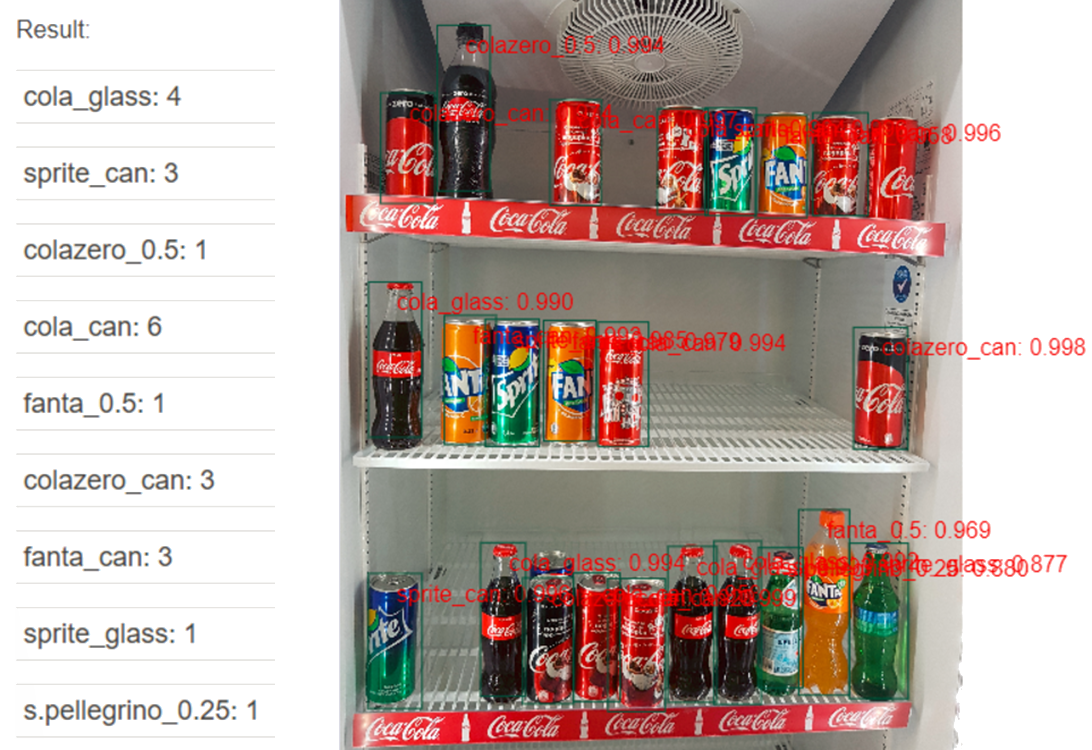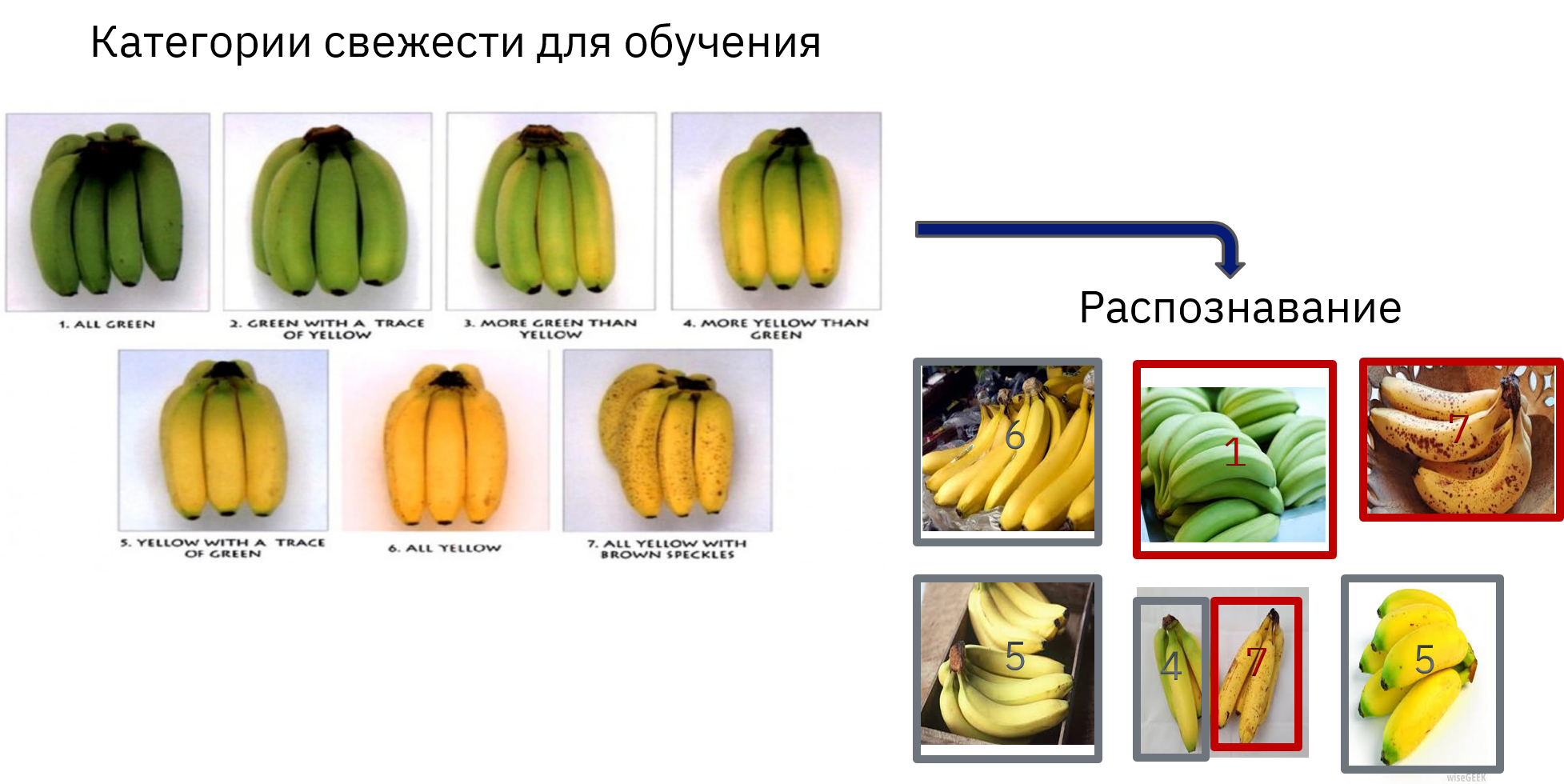Scenarios of video analytics in retail. In the footsteps of "Video Analytics in Retail"
The war of retailers for the buyer - their own and others - takes an increasingly comprehensive scope. The unpretentiousness of the post-Soviet generation is replaced by finely sensible millennials, for which price is no longer the only determining factor when choosing a place for “consuming”. The very possibility of choice generated by competition has made the buyer demanding, in some cases picky and even arrogant. The slightest deception of expectations leads to a decrease in customer loyalty, so today it is better not to do and not promise than to promise, but not to do.
In pursuit of leadership, retail is trying to meet the requirements of a new type of customer. Just, oh, how difficult it is, when you have 1,000 stores, 10,000 employees work in them selling 100,000 unique SKUs. And you are a manager and are responsible for everything at once, or for parts of the whole - purchases, sales, pricing, replenishment, security, and you need to increase operational efficiency every year, show an increase in capitalization, comply with the whims of legislative power and seize new regions / cities / areas. And most importantly - to measure everything, analyze, change and control. At the same time, every morning in you the thought grows stronger that people only work when you are no more than 10 meters away from them. And it is not by chance, because they are doing the same thing as you, maximizing profits (RFP) and minimizing losses (time and energy spent). So it turns out that the price tags are not correct, the shelves are empty, the display goes to hell, there are transport trolleys in the aisles in the store, out of 5 cash desks - there is one to which a line of disgruntled customers lined up and the only cashier is in no hurry to correct the situation while myself, frankly, not friendly. After all, you have two arms, two legs and a pair of eyes - and you will not have enough of them all, stand by, tell everyone what to do and how to control. Or?...
This is where innovative IT technologies come to the rescue - in this case, video analytics. Today, following the report of IBM, which was presented at the conference "Video Analytics in Retail: Lessons Learned", I will talk about some scenarios for video analytics in retail. The company has managed to make a product that combines the power of neural networks with a User Friendly interface that received the 2018 Spark: Experience Award.
Scenario number 1 We control the correctness of the calculations
The pursuit of profitability per running meter of the trade shelf makes retailers think about such delicate matters as the optimal display of goods. Optimal, both in terms of the number of SKUs per unit area, the volume of calculations of one SKU, and the optimal positioning of SKUs relative to each other. To determine the optimal parameters, BigData and Machine Learning technologies are actively used, which, by the way, is the topic of a whole separate article. However, after the next optimal calculation model is calculated, it is necessary to ensure its broadcast to the chain store and the control of correctness. Classic control through supervisors has a high latency, selective coverage and a high proportion of errors. Video analytics technology allows you to monitor the real-time display layout change with high accuracy and at all stores simultaneously.

Image number 1: recognition of the correctness of the calculations in the refrigerator. In addition, the integration with the door-opening sensor is performed - the control is performed after opening and closing.
Scenario number 2 Availability of goods and residues on the shelf
The lack of goods on the shelf is one of the consequences of violations of one of the many internal business processes of the store, leading to direct losses. The goods may be missing for various reasons: they did not have time or forgot to upload them, the goods are not in the store due to a failure in the logistics of the last mile, the replenishment system or the supply chain. Video analytics technologies allow not only to analyze the absence of one or another SKU, but also to ensure the response of store personnel and control the level of corrective service.
In addition to controlling the lack of goods, it is possible to control the remnants of one or another SKU and ensure response in advance before the goods run out. This scenario also allows for an inventory of residual goods on the shelf, however, the accuracy of such an inventory depends on the type of goods and shelves, as well as the location of video cameras.
Video №1: Recognition of voids on the shelves, notifying staff about the need to replenish the product.
Scenario number 3 Availability and correctness of the price tag
Correct price tag - an obligatory part of the goods sold. Not only the absence of a price tag for a product, but also its incorrectness leads to unpleasant consequences (Law on Consumer Protection, article 10 clause 1, article 14.15 of the Administrative Code of the RF). Even if the price tag is present and correct - it may be in the wrong place, which makes it difficult for the buyer to find it. This is unlikely to please the latter, because depending on the equipment of the store, the buyer will have to spend time searching for a price-checker, ask for help from staff who may not have the necessary equipment with them or go to the cashier. I myself have repeatedly experienced internal irritation when I had to look for a price tag for chilled or frozen products in top-loading refrigerators in the stores of my favorite network. Video analytics allows, without involving supervisors, not only to ensure recognition of all the above-described problem situations with price tags, but also to ensure the response of store personnel and control the level of service to eliminate the problem. Also, the question of the correctness of price tags can be solved by the introduction of ESL technology. This technology has the added benefit of increasing pricing flexibility; however, this is a completely different story.
Scenario number 4 The quality of the goods
The Fresh Zone is one of the anchor for the store and the quality of the fresh produce occupies the lion’s share of the store’s customer perception. Customer satisfaction with the fresh zone depends on both the quality of the products and the correctness of the calculations, the absence of rotting vegetables and fruits, and general order. Even one spoiled apple can cast a shadow over the entire batch on the shelf. Video analytics allows you to monitor the quality of the goods on the shelf and instantly detect the appearance of non-quality items — overripe bananas, vegetables with an unacceptable amount of rot, etc.

Image №2: Automation of product quality control in showcases
Scenario number 5 Control the formation of queues
Queues - one of the strongest irritants for the modern buyer. He has lost the habit and does not like to wait, and if he is ready to do it, he must clearly understand the waiting time. If you systematically underestimate the value of the time of the buyer, forcing him to wait in lines and at the same time observe idle cash registers - his loyalty will not last long and in conditions of tough competition - sooner or later - he will leave. Video analytics technology allows you to take control of the chaos of education queues, to ensure the response of staff and control the level of service to eliminate the queue. At the same time, the technology allows to take into account not only the number of people in the queue, but also the volume of each product, which certainly affects the speed of passage of the cash zone. In addition, the technology can provide a predictive analysis of the formation of queues through counting the number of incoming customers, their gender and age, and when connected to the CRM system, taking into account the average volume of regular purchases of regular customers, which increases the accuracy of predicting the occurrence of queues up to 90%.
Video №2: Recognition of the number of people in the queue, recognition of employees and customers by the form of clothing
Scenario number 6 Control cash area
Unfortunately, deception is the ability of living organisms to which natural selection itself has endowed them and man is no exception. According to my professional experience, the loss in the cashier zone is a third of all the losses in the store. In this number - 32% of losses are thefts by visitors, 20% - thefts of personnel, incl. cashier, another 20% - fraud cashiers with collusion with buyers-accomplices. Video analytics technologies allow you to control the cashier zone - correctness of goods scanning, control of compliance of the actual and punched goods (for weight goods), control of display of goods from goods carts on a transport tape. These control mechanisms are indispensable when it is necessary to provide similar control at self-checkout counters. But that's not all. Modern video analytics technology allows you to completely abandon cashiers through the automatic recognition of goods to the basket.
Video №3: Recognition of goods passing by barcode scanner
Video №4: Control of putting out all the goods from the cart at the checkout
Video №5: recognition of goods put in the cart and automatic formation of a shopping list
Scenario number 7 Order on the trading floor
In 1982, English scientists Wilson and Kelling put forward the Theory of Broken Windows. It says that the more noticeable people violate the rules of public behavior, the more such facts become. For example, if the broken glass is not replaced, soon there will not be a single whole window in the house, and the chances of being robbed will grow exponentially. Order leads to order and back. In addition to the aesthetic component of the order in the store, the practical component is very important - the abandoned product is likely to lose its presentation or deteriorate completely due to violations of storage conditions. Abandoned pallets, transport trolleys or packing containers are a violation of customer flows in the sales area, difficulty in accessing shelves and, as a result, a decline in sales figures. Not to mention the irritation of customers, standing in traffic jams in the crowded aisles. Video analytics technologies allow you to recognize abandoned goods, cluttered aisles, cleanliness of the sales area, ensure staff response and control the elimination of these problems.
Video №6: Recognition of goods lying on the floor and in other places not intended for this, notifying staff of the need to put in place or remove goods
Video analytics technologies are more attractive because they allow using the existing infrastructure of the store's video surveillance. Increasing the number of cameras can be done as needed to cover the “dead zones”, which, when designed, turned out to be “not interesting” to the internal security service. In addition, existing technologies of robotics allow the use of robots with video cameras, which not only perform the role of consultants, but also monitor the space of the store.
However, technologically powerful tools are only half the success. Technologies should be seamlessly integrated with existing information systems in the company and integrated into the business processes of the store with their adaptation to new technical capabilities. It is equally important to conduct proper personnel training, not only professional, but also moral and ethical, since in their struggle to optimize their personal profits, any control tool is perceived as an encroachment on their daily working routine. The introduction of innovative technologies should be carried out by companies that are aware of the complexity of the task and have relevant successful experience.
')
Source: https://habr.com/ru/post/455878/
All Articles